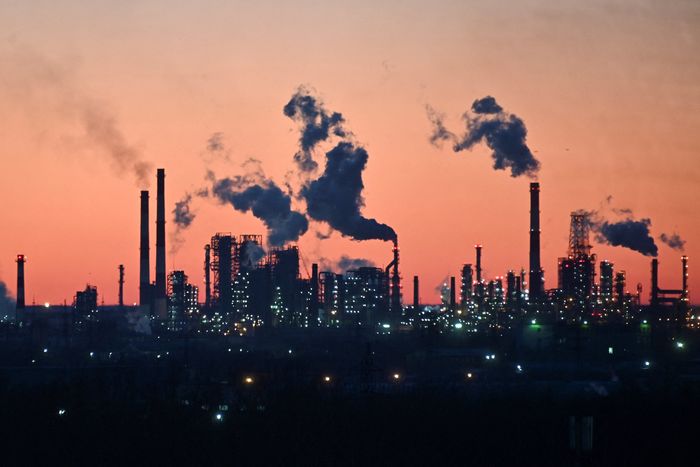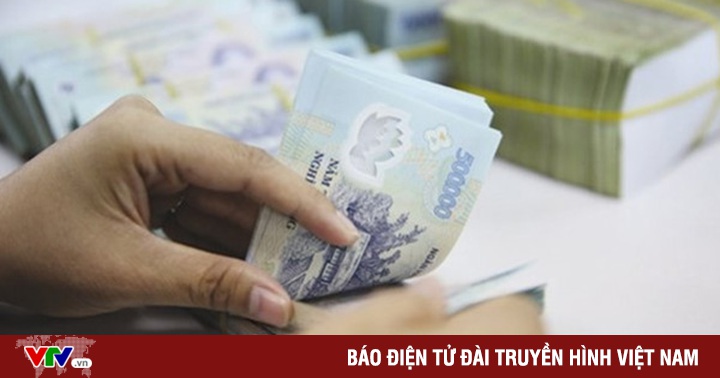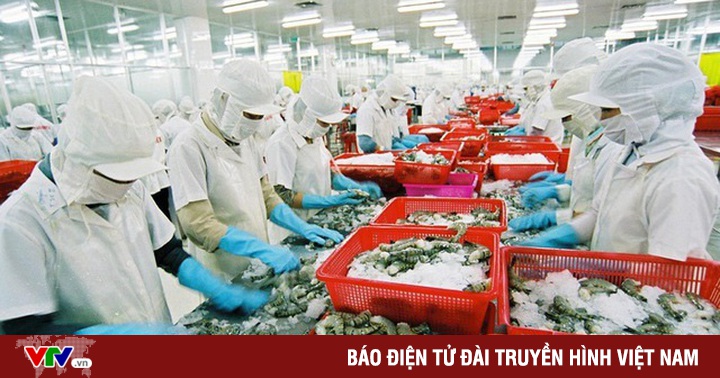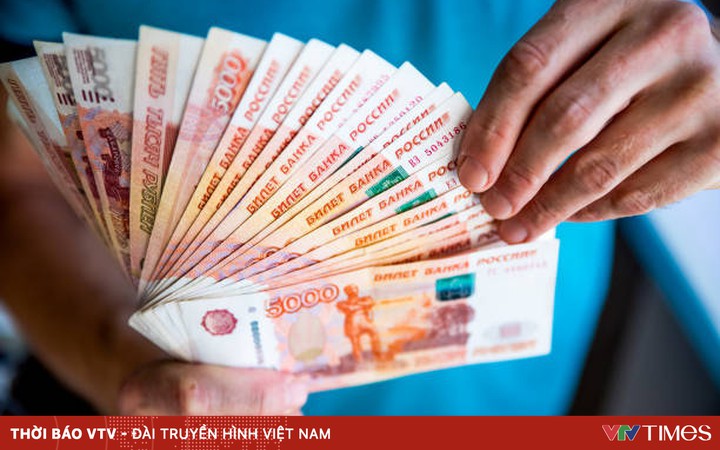Output decreases, inventories increase, exports are difficult

Oil refinery in the Omsk region of Russia. Photo: Reuters
The military campaign launched by President Vladimir Putin in Ukraine is having an impact on Russia’s own key economic sector: Oil storage is near absolute; infrastructure along with logistics lanes do not allow Russia to export all the crude oil shunned by the West to countries like China and India; oil refineries are forced to reduce capacity, because the products produced must be stored. As a result, Russian oil companies are having to cut production.
This fact comes at a time when Russia – a key player in the Organization of the Petroleum Exporting Countries and its partners (OPEC +), is allowed to increase production by 100,000 bpd under the alliance agreement, is in the the plan to increase production by 400,000 bpd agreed by OPEC +.
Russia still reaps large sums of money from its oil exports, thanks to high oil prices. The Russian economic sector has yet to be officially sanctioned, with the exception of the United States and Britain, which issued a symbolic ban because they are not the main importing countries. Before the outbreak of the war, the European Union (EU) was still a major importer, consuming 48% of Russia’s crude oil exports.
But after Russia launched a military campaign in Ukraine, many European customers sought to “dodge” Russian crude oil. Oil and gas exports bring 45% of the total budget revenue for Russia. According to the International Energy Agency (IEA), crude oil exports alone bring Russia a revenue of 700 million USD/day.
Money is still flowing to Russia, but the country’s oil industry has shown signs of weakening as rounds of Western sanctions begin to take effect. The situation is likely to get worse in the coming months as more and more customers shy away from Russian crude and crude products.
Data provided by Energy Intelligence shows that Russia’s exports of crude oil and condensate in the first 10 days of this April hit a production threshold of 10.365 million bpd, 600,000 bpd below the March average. , with 10,996 bpd.
According to the IEA’s forecast, Russia’s crude oil supply and exports will continue to decline, with a decline of 1.5 million bpd in April, as refiners reduce the size of their operations. activities, while customers continue to tend to avoid oil from Russia, causing inventory levels in Russia to increase. From May onwards, Russia’s production may decrease by up to 3 million barrels per day due to the impact of international sanctions as well as the “self-embargo” action of many customers.
The “strike” of buyers began to have an impact, forcing some Russian refineries to operate at a moderate level. According to Torbjorn Tornqvist, chief executive officer of Gunvor, this means that Russia will have to export more crude oil instead of refined products and finished petroleum products and this is not possible, making the output Russia’s decline.
In a letter to Russian Deputy Prime Minister Alexander Novak, which was accessed by Kommersant newspaper last month, Vagit Alekperov – Chairman of Lukoil, the second largest oil group in Russia, said the group’s delivery volume decreased, inventories of petroleum products increased. Lukoil leaders proposed a way to transfer a part of this fuel to power generation plants, in order to avoid overloading the system’s storage capacity.
Experts say that Russia does not have a large enough storage system to store oil and petroleum products when the market has unfavorable fluctuations. Therefore, in the face of “strikes” of import customers, Russia has no choice but to reduce oil production.
Russian President Vladimir Putin confidently affirmed that Russia can find new customers in Asia. These numbers, especially the importers in China and India, are ordering lots of Russian crude oil that the West has shunned. But logistics barriers, high transportation costs, insurance risks, bank guarantees, and troubles in payment methods make it impossible for Asian customers to buy all the crude oil that they have received before. Russia still often exports to the European market.
at Blogtuan.info – Source: danviet.vn – Read the original article here



